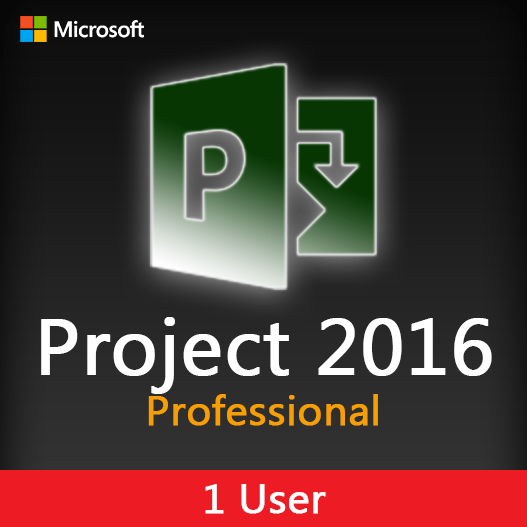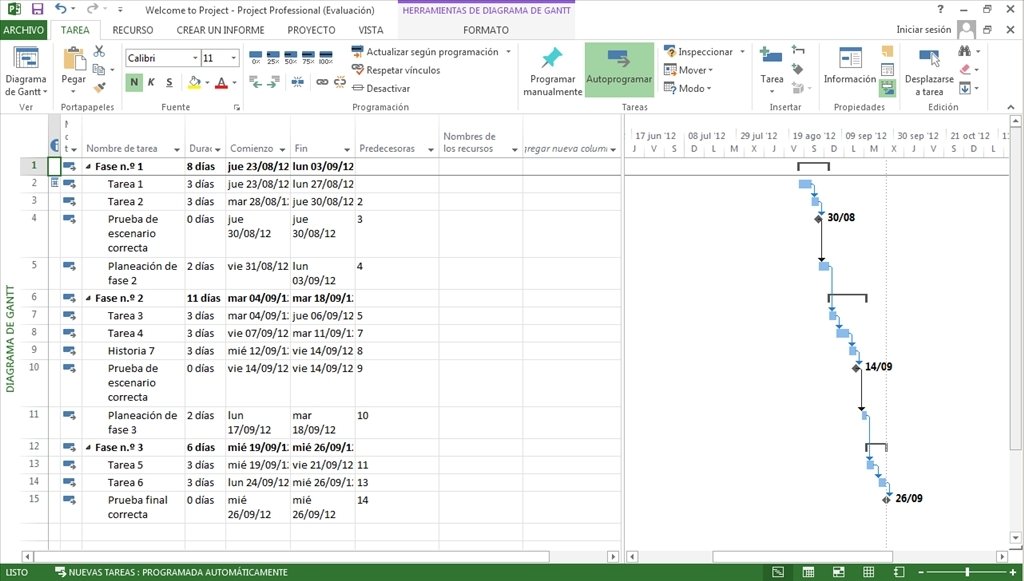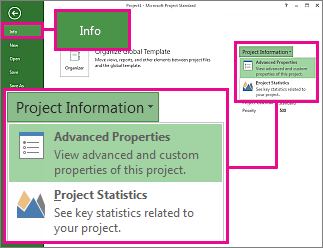
- #WHAT IS MICROSOFT PROJECT PROFESSIONAL 2016 HOW TO#
- #WHAT IS MICROSOFT PROJECT PROFESSIONAL 2016 INSTALL#
- #WHAT IS MICROSOFT PROJECT PROFESSIONAL 2016 UPDATE#
- #WHAT IS MICROSOFT PROJECT PROFESSIONAL 2016 PC#
- #WHAT IS MICROSOFT PROJECT PROFESSIONAL 2016 LICENSE#
#WHAT IS MICROSOFT PROJECT PROFESSIONAL 2016 HOW TO#
#WHAT IS MICROSOFT PROJECT PROFESSIONAL 2016 INSTALL#
#WHAT IS MICROSOFT PROJECT PROFESSIONAL 2016 PC#

NYGCI on Office 365 Backup: do we really need it?.Adam on HTTP Basic Authentication with ASP.NET MVC using a custom ActionFilter.Ryan on HTTP Basic Authentication with ASP.NET MVC using a custom ActionFilter.Learn how to build next-gen Web Apps and Microservices with a Full-Stack approach using the most advanced front-end and back-end frameworks available today! Categories
#WHAT IS MICROSOFT PROJECT PROFESSIONAL 2016 UPDATE#
If you have other PATH and/or GUID that you would like to add to this list, write a comment about it and I’ll update the post. In case you also need the installation GUIDs, for example to retrieve some Office-related installation data from Windows Installer and/or Registry Editor, I’m also enumerating those (source: ): Office XP If you never heard of Click-To-Run installation mode, read here. The executable files have kept the same names since Office XP, which are the following:Ĭ : \Program Files \Microsoft Office \Office10 \Ĭ : \Program Files (x86 ) \Microsoft Office \Office10 \Ĭ : \Program Files \Microsoft Office \Office11 \Ĭ : \Program Files (x86 ) \Microsoft Office \Office11 \Ĭ : \Program Files \Microsoft Office \Office12 \Ĭ : \Program Files (x86 ) \Microsoft Office \Office12 \Ĭ : \Program Files \Microsoft Office \Office14 \Ĭ : \Program Files (x86 ) \Microsoft Office \Office14 \Ĭ : \Program Files \Microsoft Office 14 \ClientX64 \Root \Office14 \Ĭ : \Program Files (x86 ) \Microsoft Office 14 \ClientX86 \Root \Office14 \Ĭ : \Program Files \Microsoft Office \Office15 \Ĭ : \Program Files (x86 ) \Microsoft Office \Office15 \Ĭ : \Program Files \Microsoft Office 15 \ClientX64 \Root \Office15 \Ĭ : \Program Files (x86 ) \Microsoft Office 15 \ClientX86 \Root \Office15 \Ĭ : \Program Files \Microsoft Office \Office16 \Ĭ : \Program Files (x86 ) \Microsoft Office \Office16 \Ĭ : \Program Files \Microsoft Office 16 \ClientX64 \Root \Office16 \Ĭ : \Program Files (x86 ) \Microsoft Office 16 \ClientX86 \Root \Office16 \ If you had a volume licence version of Project 2016, there is a way to have Project 2016 and Office 365 but it takes some setting up as outlined here - Use the Office Deployment Tool to install volume licensed editions of Visio 2016 and Project 2016.Hoping to be useful, I’m setting up a public list of all the installation paths of the various versions of Office (from XP to 2016) for all Windows systems.Īll the applications provided by the Office suite ( Word, Excel, Outlook, Access, Powerpoint), if installed, can be found within the given folder(s). Your options are somewhat limited, if you have access to Project 2013, I believe that will install ok. Here are more specifics on what is supported as well as what isn't: Supported scenarios for installing different versions of Office, Visio, and Project on the same comp. This also applies to standalone applications like Access, Visio, Project, Skype for Business, or OneDrive for Business." " Unfortunately, you can't have Office products of the same version (like 2013 or 2016) that use two different installation technologies installed on the same computer.
#WHAT IS MICROSOFT PROJECT PROFESSIONAL 2016 LICENSE#
Windows Installer technology (MSI) is used to install the volume license editions of Office, like Microsoft Office Professional Plus and Microsoft Office Standard."

" Click-to-Run is the technology used to install Office 365 subscription and most other Office 2013 and Office 2016 products. Those Office 365 and MS Project 2016 installations you mentioned use two different technologies and can't coexist.

That's correct, it's a known issue assuming it's an error similar to below (the wording may be different):


 0 kommentar(er)
0 kommentar(er)
